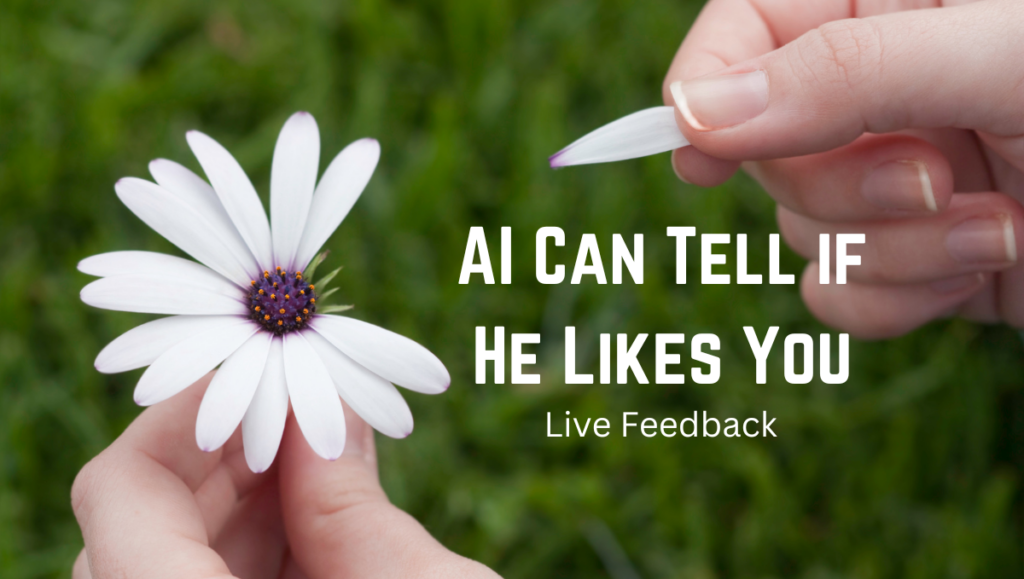Breakthrough in Real-Time Feedback: New Study Shows Computer Can Identify Conversation Mood through Physiological Synchrony
A recent study conducted by engineers at the University of Cincinnati has demonstrated a significant breakthrough in the field of real-time feedback. The study utilized physiological synchrony, a phenomenon in which people’s heart rates, respiration, and other autonomic nervous system responses become synchronized when they talk or collaborate. This effect is stronger when two people engage deeply in a conversation or cooperate closely on a task. The researchers used wearable technology to measure these physiological responses and trained a computer to differentiate between four different conversation scenarios based on these responses alone.
The study, published in the journal IEEE Transactions on Affective Computing, is one of the first of its kind to train artificial intelligence to recognize aspects of a conversation based solely on the participants’ physiology. In experiments with human participants, the computer was able to differentiate between two-sided positive conversation, two-sided negative conversation, and two one-sided scenarios with as much as 75% accuracy.
The lead author of the study, UC doctoral student Iman Chatterjee, explained that a modified version of the system could be used to measure the level of interest a person is taking in the conversation, how compatible the two individuals are, and how engaged the other person is in the conversation. This information could be used to provide real-time feedback on a date or to determine which people in an organization work better together in a group and which are naturally antagonistic.
Beyond these practical applications, the study’s co-author, Vesna Novak, an associate professor of electrical engineering in UC’s College of Engineering and Applied Science, highlights the potential of affective computing to provide real-time feedback for educators, therapists, or even autistic people. The degree of physiological synchrony has been shown to correlate with how much empathy a patient perceives in a therapist or the level of engagement students feel with their teachers.
“There are a lot of potential applications in this space. We’ve seen it pitched to look for implicit bias. You might not even be aware of these biases,” Novak said.
The study also reveals that physiological synchrony is likely an evolutionary adaptation, as humans evolved to share and collaborate with each other, which manifests even at a subconscious level. Chatterjee notes that the effect probably creates a better level of coordination.
The potential for this breakthrough technology is immense. It could enable better mental health counseling, improve communication and collaboration in group settings, and provide accurate, real-time feedback for personal and professional relationships. As technology continues to advance, this research will likely have a significant impact on how we communicate, learn, and work together.

